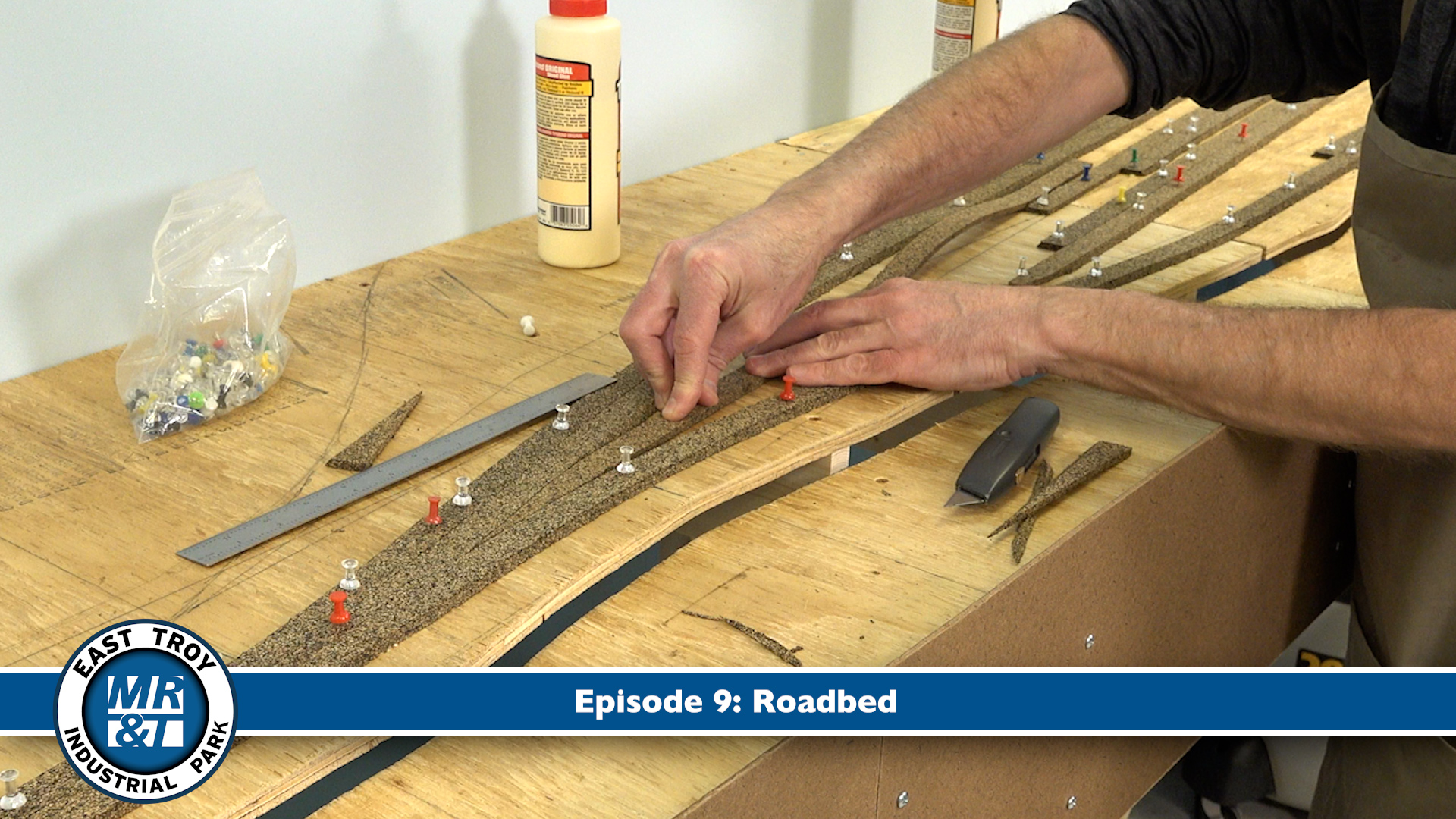To a novice gardener, the topic of plant-hardiness zones can be as confusing as gauge and scale terminology is to the beginning model railroader. With gauge and scale, there are different standards used by various manufacturers. In gardening, growers and publishers utilize different hardiness-zone ratings. The main confusion comes from the fact that there are several different systems in place. Some were developed to deal with minimum winter temperatures, one system is exclusively a heat-rating system, and other systems take many climatic factors into account. Where should you begin and which system is best for you?
Let’s start with a brief look at five zone-rating systems most commonly in use in North America. (Online resources for Australia and Europe are listed below.)
The USDA Plant Hardiness Zone Map
https://planthardiness.ars.usda.gov/PHZMWeb/
In 2012, the US Department of Agriculture updated its cold-hardiness map, showing the lowest temperatures that can be expected in all regions of North America. It includes 13 zones, ranging from Zone 1 (the coldest, beginning at -50° F) to Zone 13a (the warmest with low temperatures expected above 60° F). Zones are broken into two sub-zones (a,b) of 5° increments, narrowing the delineation more precisely. Plants are designated by their ability to survive these coldest temperatures.
We at GR use this system primarily because it is most commonly used by US growers and publications. It is one of the oldest and most accepted systems at this time.
To use this system, simply go to the website and either click on the map or enter your ZIP code.
AHS Heat Zone Map
http://solanomg.ucanr.edu/files/245158.pdfhttps://ahsgardening.org/gardening-resources/gardening-maps/heat-zone-map
During the 1990s, the American Horticultural Society began work on this newer system, which takes into account the duration and intensity of heat. They felt that cold wasn’t the only factor affecting plant survival, especially during seasons of drought. In 1997 they published a new map, with 12 zones indicating the average number of days each year that a given region experiences “heat days”-temperatures over 86° F. According to the AHS, that is the point at which plants begin suffering physiological damage from heat. The zones range from Zone 1 (less than one heat day) to Zone 12 (more than 210 heat days).
If this system is adopted by growers and publishers, the goal will be to assign a four-digit designation to every plant in cultivation. The first two would be the cold-hardiness range, followed by the heat-zone range. Because of the enormous task of assigning these ratings to thousands of plants, it may be several years before we see this take effect.
Sunset’s Garden Climate Zones
https://www.sunsetwesterngardencollection.com/climate-zones
Sunset Publishing has long been recognized for their western gardening expertise. They have established a rating system commonly used by gardeners in California and other western states. They recognize that “a plant’s performance is governed by the total climate,” including length of growing season, timing and amount of rainfall, winter lows, summer highs, and humidity. This map takes all these factors into account, and they feel their system will not only tell you where a plant may survive (as the USDA maps offer), but will also let you see where that plant “will thrive all year-round.”
The map now includes the entire US, incorporating 45 climate zones. Each zone is described in general terms of growing season, year-round climate, and topography.
To find your Sunset climate zone, go to the web site and click on your area on the map. A regional map is accompanied by a color-coded and numbered bar at the top of the page. Once you’ve located your specific zone, click on the corresponding number on the bar. A description of your zone will appear.
Canadian Plant Hardiness Zones
http://planthardiness.gc.ca/?m=1http://sis.agr.gc.ca/cansis/nsdb/climate/hardiness/index.html
Canada has done a fantastic job of outlining growing zones, compiling weather data from a 30-year period (1961-1990), and creating a new, all-encompassing system. This new map (published in 2000) combines many variables affecting plant growth, including minimum and maximum temperatures, growing season, winter and summer precipitation, snow cover, and maximum wind speed. The map is divided into nine major zones; the harshest is 0 and the mildest is 8, and each is divided into two subzones (a,b).
There are two ways to find your Canadian plant-hardiness zone through the website. You can either enter a place name or zoom in on an area of the map. An advantage of this map is that the zoom tool allows you to focus in on small areas.
In conclusion
Of course, no single plant-zone rating system can ever take into account individual situations. Your yard has a unique set of microclimates all its own. No system can include the wind, sun, moisture, or temperature ranges specific to your own backyard. Talk to local experts to understand which plant-hardiness-zone rating system is best for your needs.
One last thought: Unlike highway and street maps that tell you exactly where you’ve been and how to get where you want to go, plant-zone maps are more like guide books. They offer general scientific information to help you make informed decisions, allowing you to have your own adventures. Hardiness-zone maps are helpful for guiding your plant-buying decisions, but if you rely on them too heavily, you’re likely to miss out on experimenting with a lot of interesting and fun plants along the way.
More online resources
Most known plant-zone map links
www.backyardgardener.com/zone
Hardiness Zones of Europe
https://www.gardenia.net/guide/european-hardiness-zones
Australia Plant Hardiness Zones
https://www.anbg.gov.au/gardens/research/hort.research/zones.html













